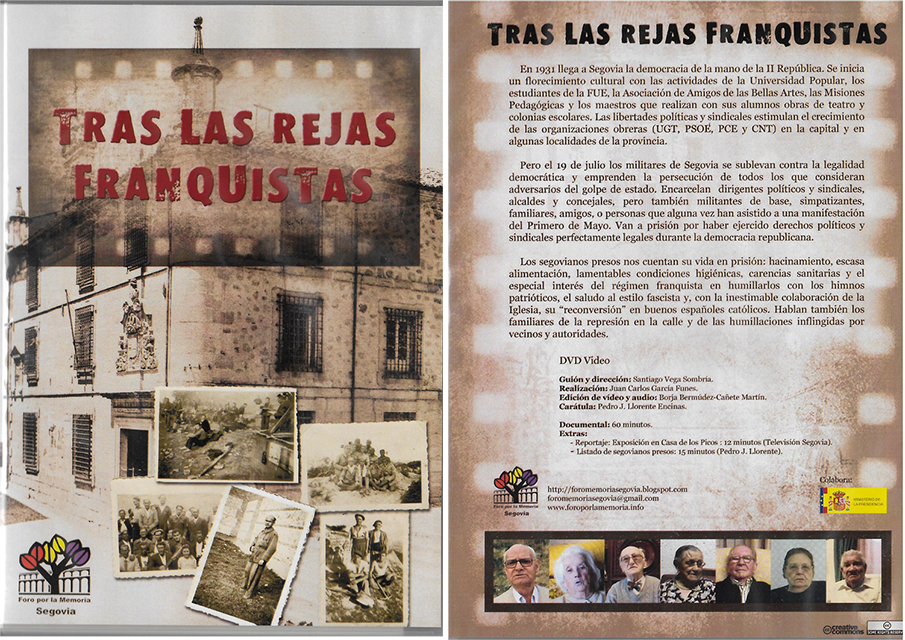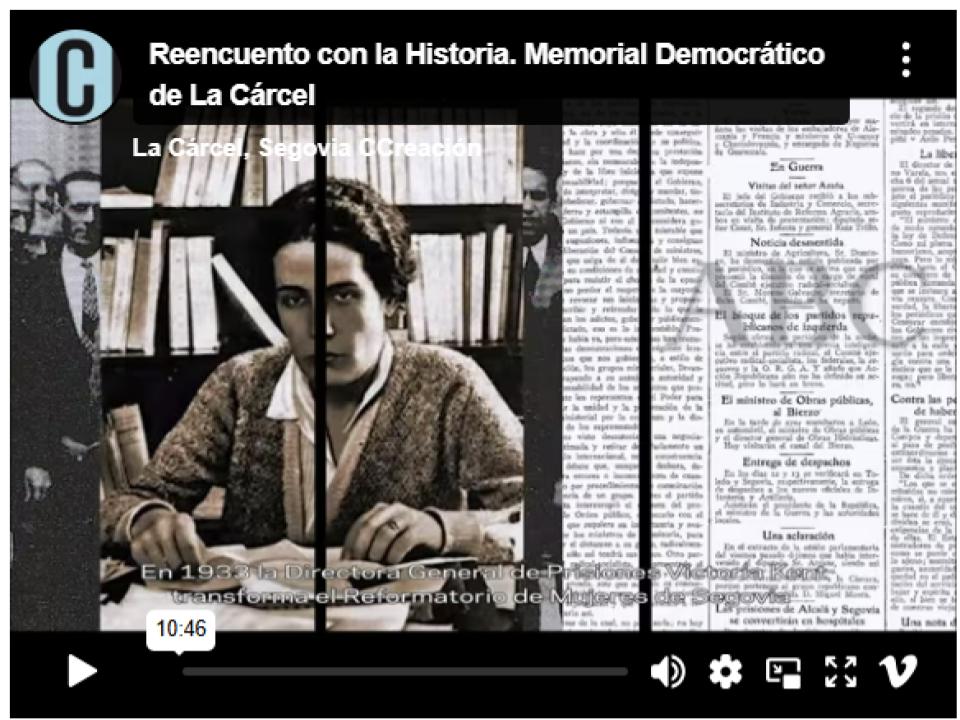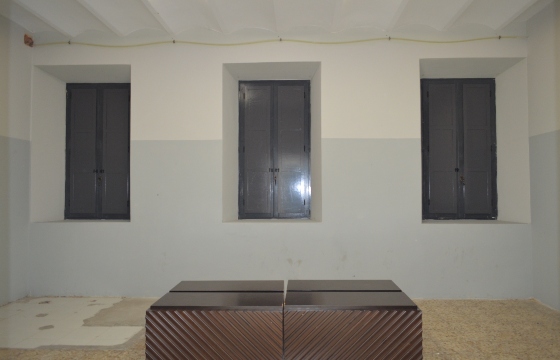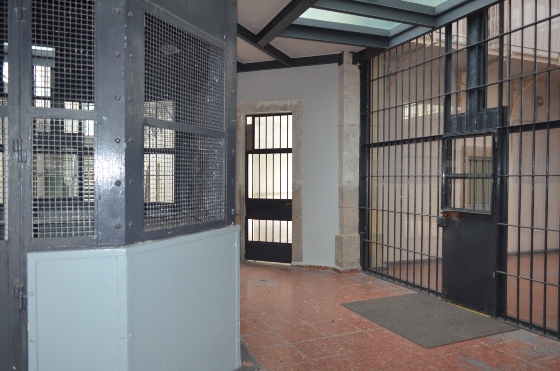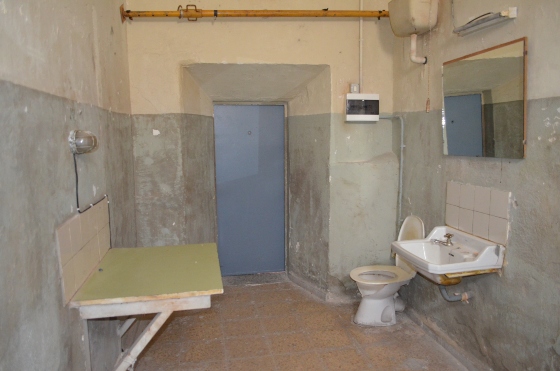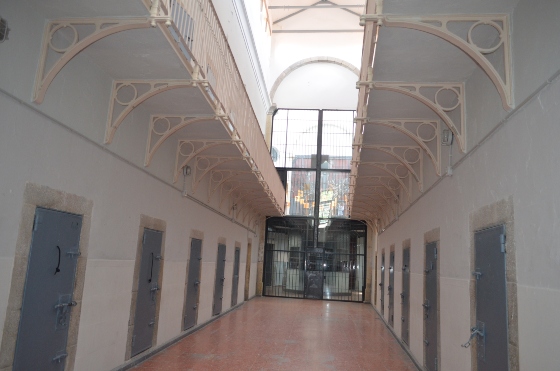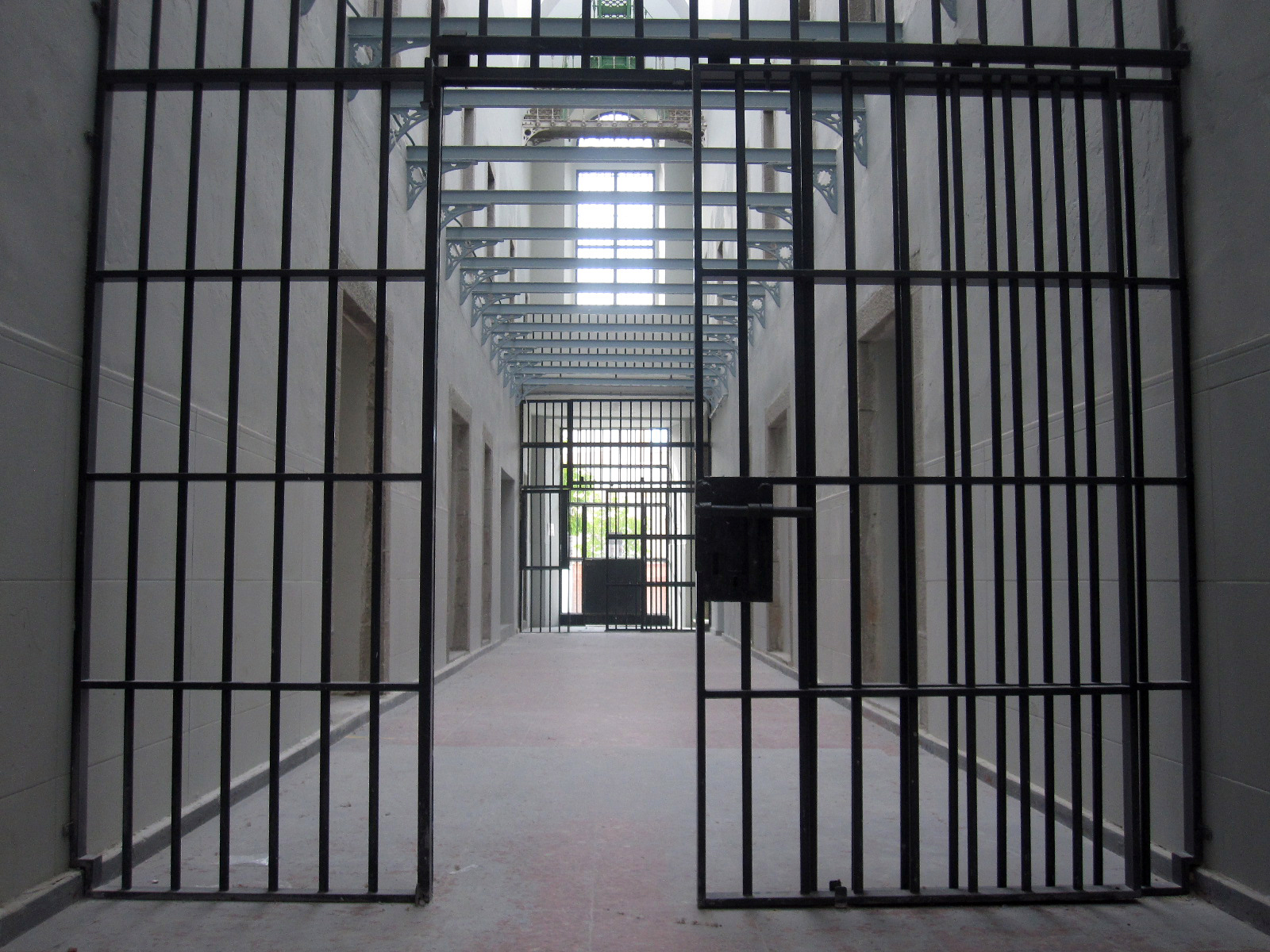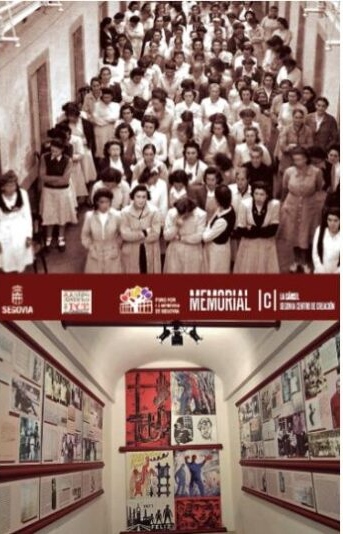The Democratic Memorial Prison in Segovia

HISTORY OF THE PRISON
In 1924, the Women's Reformatory was inaugurated, the first use of the building, designed by the municipal architect of Segovia, Joaquín Odriozola. As part of the Republican prison policy led by the Director General of Prisons, Victoria Kent, in 1933 it was converted into a modern Penitentiary Hospital for men. With the military uprising of the Segovia garrison on 19 July 1936, the centre was filled with political prisoners. During the war, the prison population of the Hospital Asilo never fell below 500 inmates. It was renamed the Sanatorio Penitenciario Antituberculoso (Anti-Tuberculosis Prison Sanatorium) between September 1941 and 1943, when it was converted into the Sanatorio Antituberculoso Penitenciario de Mujeres (Women's Anti-Tuberculosis Prison Sanatorium) and received its first sick female prisoners. It was not until 1946 that the Segovia Central Women's Prison was created, which remained open until 1956. It was then that it returned to its original use as a women's reformatory, but now for ‘fallen women’, an epithet used to classify prisoners for ‘offences related to prostitution’. This was the only period since 1936 in which there were no political prisoners in the building. In May 1969, with the creation of the 1st Degree Ordinary Penitentiary Centre for Convicted Criminals - as political prisoners were called in the late Franco era - they returned, remaining there until the end of the dictatorship. Finally, the building ceased to be used as a prison in 2000, with the opening of the new Segovia Prison a few kilometres from the city.
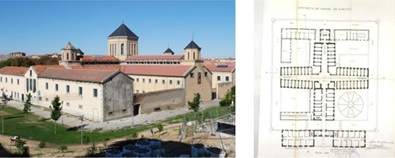
DEMOCRATIC MEMORIAL OF SEGOVIA
The Democratic Memorial of Segovia, located in the former prison of Segovia, houses a permanent exhibition in several of its cells entitled The Franco Prison (1936-1977), which is unique in Spain in its explanation of the prison system during the dictatorship. It is not only its uniqueness that gives it this importance, but also the fact that it transcends provincial boundaries, as during the dictatorship this prison was a prominent place of imprisonment for female prisoners (1946-1956) and male prisoners (1969-1977) from many different backgrounds. Among others, María Salvo, Juana Doña, Manolita del Arco, Tomasa Cuevas, Marcelino Camacho, Pere Ardiaca and Gerardo Iglesias were held captive in Segovia.
ORIGINS OF THE DEMOCRATIC MEMORIAL
The exhibition is located in cells that were part of the old prison, which was active until 2000 and was converted into the cultural centre La Cárcel_Segovia Centro de Creación in 2010. Parallel to the conversion of the building, the Forum for the Memory of Segovia had asked the City Council to establish a Democratic Memorial in the spaces of the old prison. This request was channelled by the Izquierda Unida municipal group through a motion with the aim of dignifying the prisoners who suffered Franco's repression and disseminating the recent historical context of the building in an educational manner. The proposal was approved at a City Council plenary session in 2016 during the PSOE government.
The first phase, consisting of four cells, was inaugurated in 2019 with the collaboration of the Directorate General for Historical Memory of the Ministry of Justice. The second phase, with five new cells, was promoted by the IU's Department of Democratic Memory and approved by the PSOE-IU coalition government in 2023. The expansion work on the Memorial was completed at the end of the same year, with the PP in power at the municipal government.
PERMANENT EXHIBITION THE FRANCO PRISON 1936-1939
The exhibition is distributed across nine cells. Two of them are artistic interventions: Cell 2 is based on a poem by Marcos Ana and Cell 7 is set in 1939. The remaining seven contain historical and educational content.
1. MEMORIAL CELL
The front panel lists the names of the nearly three thousand Segovians imprisoned between 1936 and 1946 throughout Franco's Spain, whether in prisons, concentration camps, penal colonies and detachments, labour battalions... as explained in the captivity cell. The list includes more than four hundred victims who were shot or died of illness during their captivity. The fifty or so individual photos on the side walls represent all those who suffered reprisals.
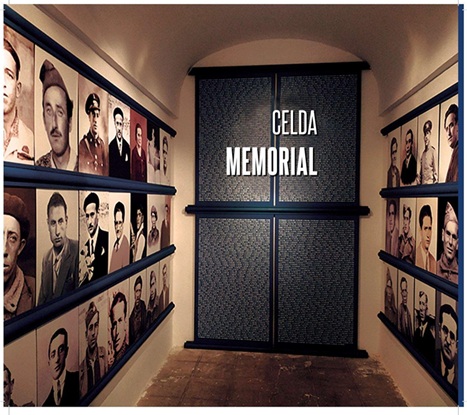
2. MARCOS ANA CELL
Gonzalo Moca's artistic representation is inspired by a poem by Fernando Macarro, known as Marcos Ana (1920-2016), the political prisoner who spent the longest time in Franco's prisons: 23 years. There he became first an avid reader and then a poet. He was not imprisoned in Segovia, but he is an example of the struggle for freedom and democratic reconciliation proposed by the PCE as early as 1956.
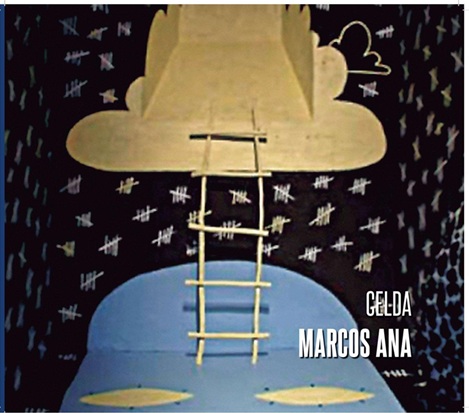
3. AUDIOVISUAL CELL
Among a series of life-size group photos of prisoners in the prison courtyard, a short documentary is projected that tells the story of the Segovia prison: Reencuentro con la historia (Reunion with History).
The images representing those who suffered imprisonment in the building include the brothers Isidro and Silverio Revenga, workers from Valsaín who crossed the mountains to defend the Republic and were arrested at the end of the war. Among the women are Concepción Aguilera and Palmira San Juan, who, upon their release, formed a family with two former prisoners: Isidro Revenga and Juan Misis, respectively.

4. CELL
This space explains all the different aspects of Franco's prison system from the military rebellion of July 1936 to the immediate post-war period: jails, converted prisons, concentration camps, worker battalions, colonies and prison detachments. In order to subdue the massive opposition to the coup, its ideologue, General Mola, had already stated in April: ‘Repression must be extremely violent because the enemy is strong and well organised,’ as he was aware that he would face the Popular Front, which had won the parliamentary elections in February and was supported by the UGT and CNT trade unions, which had more than three million members. The planned repression manifested itself in tens of thousands of indiscriminate executions and the mass imprisonment of defenders of democratic legality, who immediately filled the prisons. Although all the places of captivity are explained, the province of Segovia and the Segovians who suffered imprisonment anywhere in Spain are examined in greater depth.

CELLS 5 AND 6: SEGOVIA CENTRAL WOMEN'S PRISON (1946-1956)
For female political prisoners, this prison was as important as the Burgos prison was for male prisoners, as prominent militants from many different places (Asturias, the Canary Islands, the Basque Country, Catalonia, etc.) were sent here to serve their sentences. Twelve panels illustrate the living conditions: food, hygiene, health, labour exploitation, political and religious coercion, but also the internal organisation of the prisoners, which included literacy classes, courses on history and Marxism, clandestine political activity, banned books and acts of resistance such as the hunger strike of 1949.
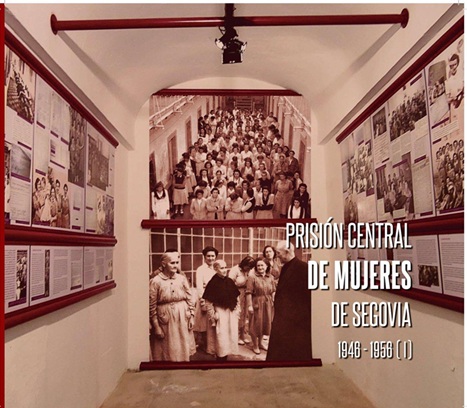
7. CELL RECREATED IN 1939
This cell illustrates what the living quarters were like, where between three and five prisoners were crammed together during the war. There were no beds, no toilets, and no running water. Everyone slept on the floor, most in a sack filled with straw, a few on mattresses brought from home. A basin was their only source of water, and a bucket or metal can was used to collect waste until they left the cell in the morning. It includes a projection with images of prisoners who served time in these cells.
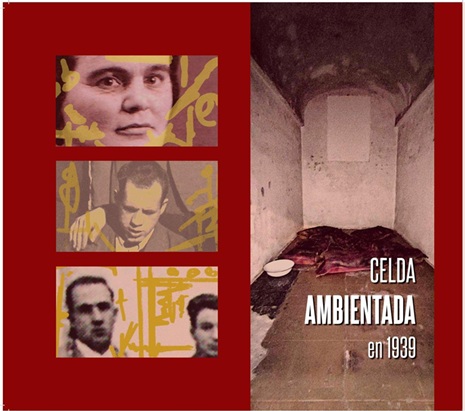
CELLS 8 and 9. FIRST DEGREE ORDINARY PENITENTIARY CENTRE (CLOSED REGIME) FOR CONVICTED CRIMINALS (1969-1976)
In the late Franco era, the dictatorship still did not admit the existence of political prisoners, hence the term ‘convicted criminals’. As in the case of the Central Prison, prominent political prisoners from all over the country (Andalusia, Asturias, the Canary Islands, the Basque Country, Catalonia, etc.) were sent to Segovia to serve their sentences. Similarly, a dozen panels depict the living conditions and the struggle against the dictatorship with numerous strikes, sit-ins and all kinds of protest actions. The panels reproduce several murals and prints, as several artists, such as Tony Gallardo and José Sandoval, were imprisoned there.
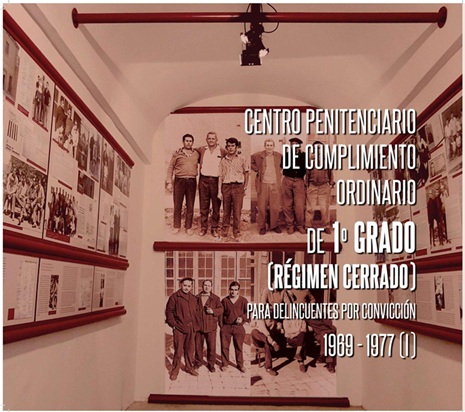
CURATOR OF THE PERMANENT EXHIBITION
Santiago Vega Sombría
TEXTS AND DOCUMENTATION
Juan Carlos García Funes and Santiago Vega Sombría
GRAPHIC DESIGN
Christian Hugo Martín
Horario
- Visits by appointment at reservas@turismodesegovia.com and by telephone on 921 46 67 21.

